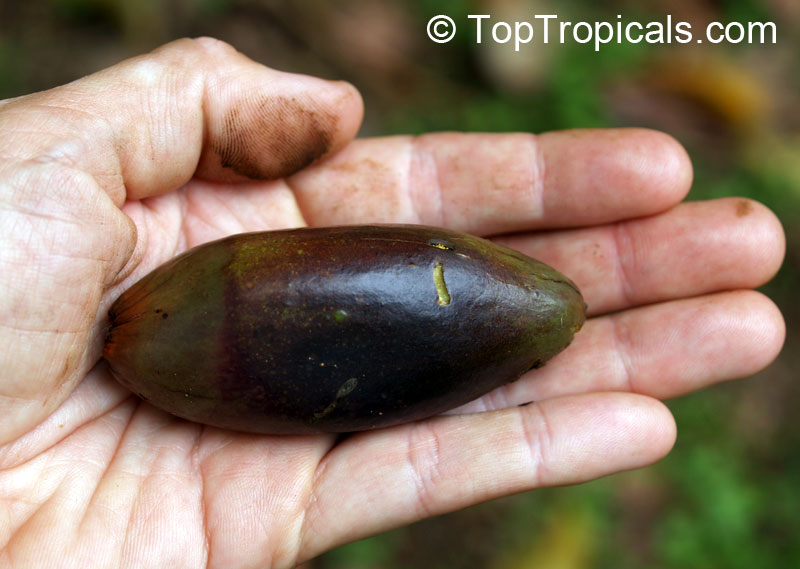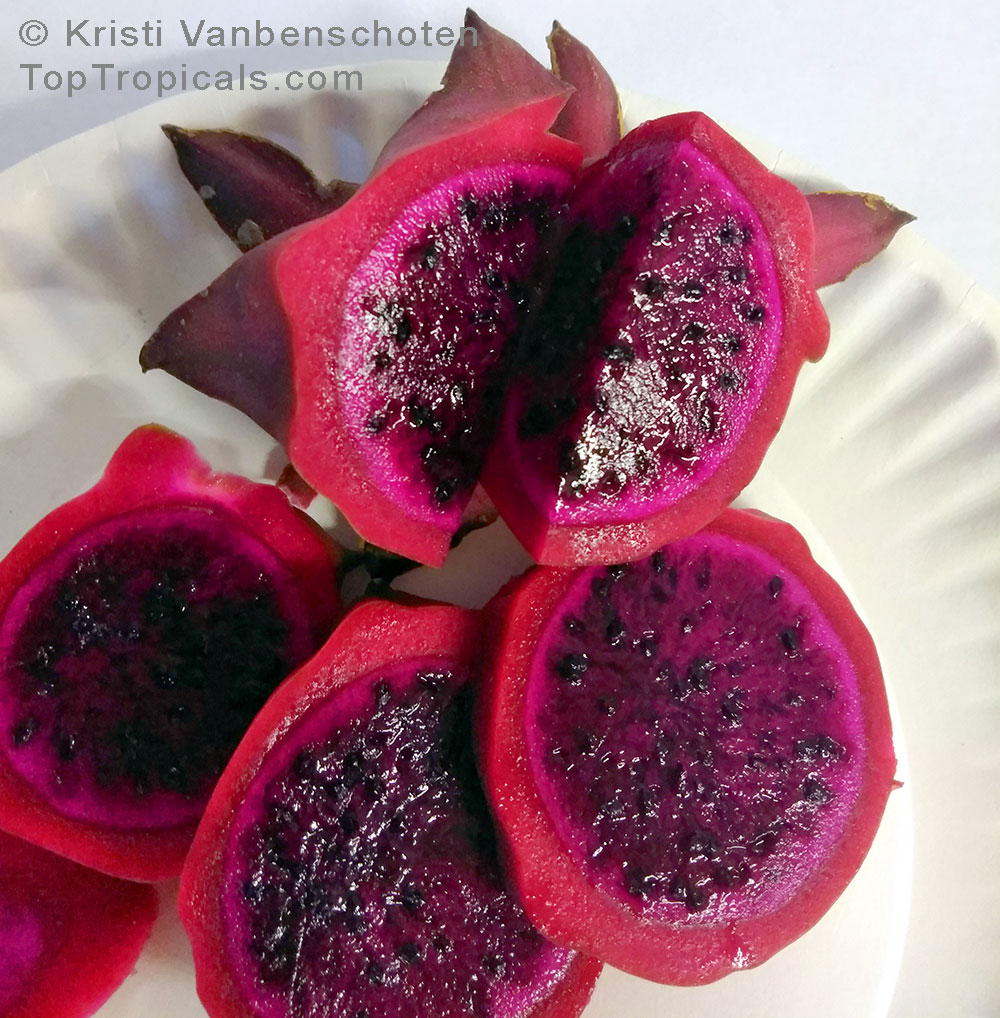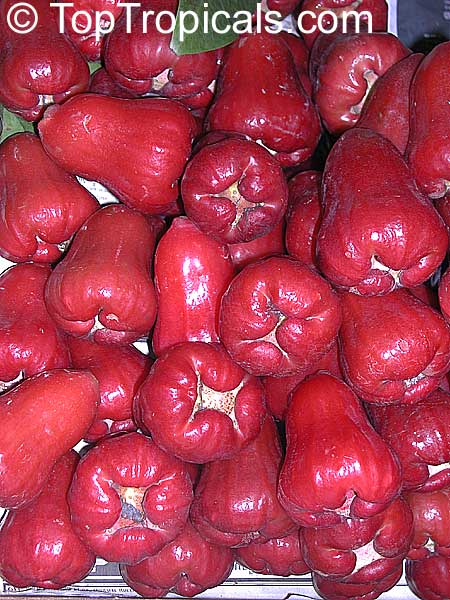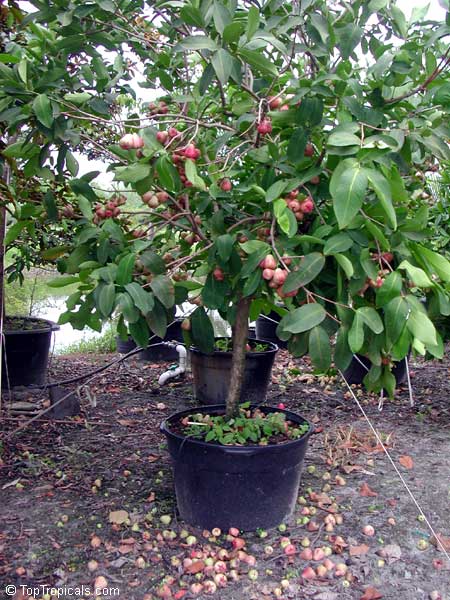SEARCH RESULTS: GYNURAAURANTIACA
Nothing found per your request: gynuraaurantiaca. Here are some suggestions






Recommended Fertilizer: SUNSHINE C-Cibus - Crop Nutrition Booster
SUNSHINE-Honey - sugar booster
Grown in
10"/3 gal pot
2 plants in stock
$79.95
This item is certified for shipping to all states/territories, including Puerto Rico (with phytocertificate), US VI (with phytocertificate), Louisiana, Texas, California (with phytocertificate).










Recommended Fertilizer: SUNSHINE C-Cibus - Crop Nutrition Booster
SUNSHINE-Honey - sugar booster
Grown in
6"/1 gal pot
8 Plants in stock
$39.95
This item is certified for shipping to all states/territories, including Puerto Rico (with phytocertificate), US VI (with phytocertificate), Louisiana, Arizona, Texas, California (with phytocertificate).






Recommended Fertilizer: SUNSHINE C-Cibus - Crop Nutrition Booster
SUNSHINE-Honey - sugar booster
Grown in
10"/3 gal pot
2 Plants in stock
$79.95
This item is certified for shipping to all states/territories, including Puerto Rico (with phytocertificate), US VI (with phytocertificate), Louisiana, Texas, California (with phytocertificate). This item is not certified for shipping to Hawaii.






Recommended Fertilizer: SUNSHINE C-Cibus - Crop Nutrition Booster
SUNSHINE-Honey - sugar booster
7 gal pot. More developed root system, thicker trunk and branches. Plant height depends on growing season and variety. Dwarf varieties are slow growers and may be shorter. Contact us for exact size description if size/height matters to you. 7 gal plants may be shipped separately from other items by Ground service due to large size. See here time in transit (business days, excluding Sat-Sun!)
Grown in
14"/7 gal pot
This item is certified for shipping to all states/territories, including Puerto Rico (with phytocertificate), US VI (with phytocertificate), Louisiana, Texas. This item is not certified for shipping to Hawaii.






Recommended Fertilizer: SUNSHINE C-Cibus - Crop Nutrition Booster
SUNSHINE-Honey - sugar booster
Grown in
10"/3 gal pot, very large plant
This item is certified for shipping to all states/territories, including Puerto Rico (with phytocertificate), US VI (with phytocertificate), Louisiana, Texas, California (with phytocertificate). This item is not certified for shipping to Hawaii.





